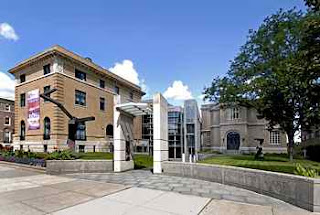 The Saratoga Automobile Museum has announced an event entitled “Popcorn Wagon Mechanics.” On Saturday, February 19, 2011 sixteen students who have been working since December of 2010 to mechanically rebuild a historic 1925 Model TT Cretor Popcorn Wagon will be in the garage again.
The Saratoga Automobile Museum has announced an event entitled “Popcorn Wagon Mechanics.” On Saturday, February 19, 2011 sixteen students who have been working since December of 2010 to mechanically rebuild a historic 1925 Model TT Cretor Popcorn Wagon will be in the garage again.
This session will include removing entire front end assembly, touching up the frame and underbelly of vehicle, rebuilding the front end assembly by replacing any bushings, king pins, tie rods, or any other steering rods as needed, checking the springs and bushings, paint the front axle and springs, greasing all the points that are required, and then re-installing the front end assembly. The program’s mentors will be explaining the steering dynamics and will relate them to modern automobiles.
The event is open to the public. For more information you can contact Tracy Paige at [email protected] or visit our website at www.saratogaautomuseum.org The Saratoga Automobile Museum is located at: 110 Avenue of the Pines, Saratoga Springs, NY 12866. Hours of operation: 7 days a week, 10 am to 5 pm. Admission: Adults – $8.00, Seniors and Students – $5.00 with children under 6 free.

